
Sebastian Schrader The Artist is Present
Leipzig 29 Jan – 10 Feb 2021
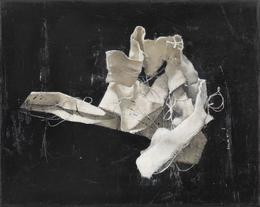
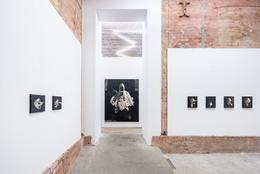
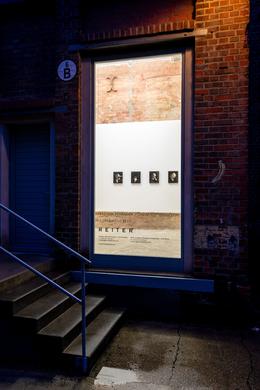
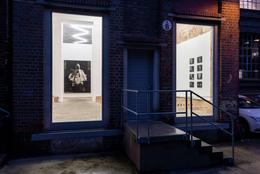
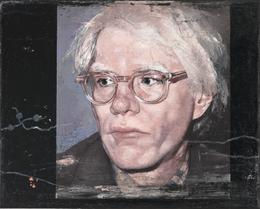
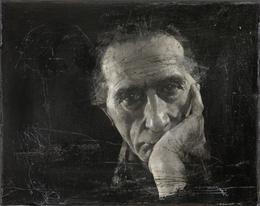
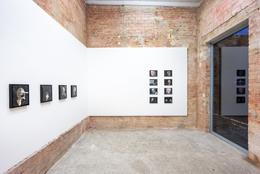
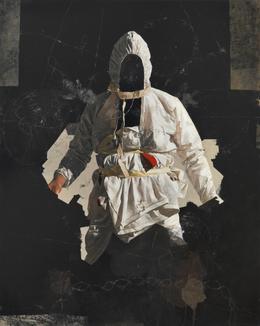
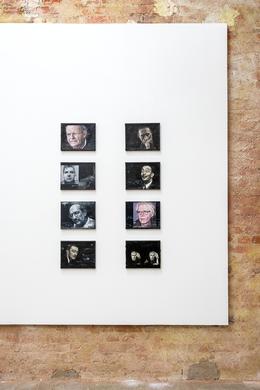
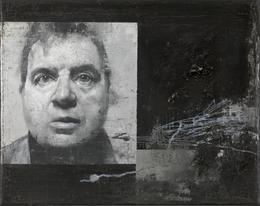
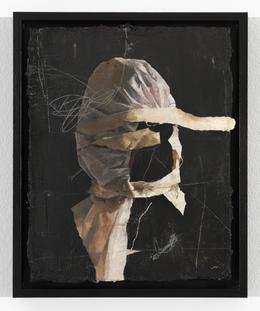
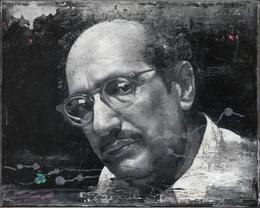
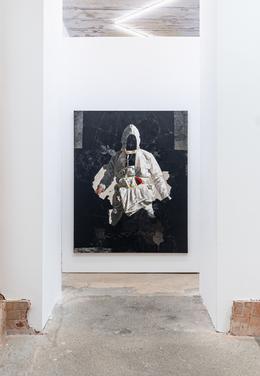
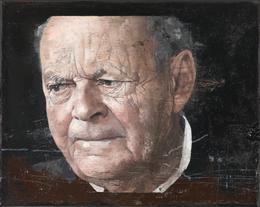
In his open series of small-format oil paintings, Sebastian Schrader takes on artists of the 20th century, all of whom are already inscribed in recent art history. The motivation to start this series may have been a subliminal question: How does art and especially its perception change when the person of the artist, or the artist's attitude, becomes important?
Schrader, however, chose the motifs rather intuitively and according to aesthetic criteria. The artist's personality does not play an important role; a picture is a picture is a picture. The picture reveals nothing about the person or persons depicted. They become anonymous. The genre concept of the portrait no longer applies. Nevertheless, character attributions come to mind when one recognises the individual artists' faces. Georgio Morandi, for example, was considered an introvert. In contrast, Salvador Dalí's name can hardly be pronounced without thinking of his ringmaster attitude. A large part of his success is undoubtedly based on the fact that he incorporated his person into his art, even placing it above it. Today, it is almost a given that artists stage themselves and work specifically on their own brand. The question of whether art must explain itself or should be explained by the artist seems to have been answered. But what are the effects of this general explaining, which is often expected by the audience today? Does it ultimately weaken the actual medium of expression?
There is a series of artist portraits by Gerhard Richter '48 Portraits' (1971/72). They all have the same format and are intended as a closed set. He stated the following about them: "I am interested in the speechless language of these pictures. Heads, even if they are full of literature and philosophy, become quite unliterary. Literature is invalid; the personalities become anonymous. That's what's important to me here." Sebastian Schrader has adopted this approach. However, no visual artist appears in Richter's tableau. Schrader thus looks into his own profession with his group of works. In doing so, he embeds the likenesses in his current way of organising pictures. The dark and tarry backgrounds and the seemingly random scratch drawings are striking. These are gripping images, for they demonstrate a paradox: The fusion of work and person helps to define and creates familiarity. At the same time, it deprives the work of its autonomy and prevents impartial observation. They are independent pictures that do not need the presence of the artist.
Schrader, however, chose the motifs rather intuitively and according to aesthetic criteria. The artist's personality does not play an important role; a picture is a picture is a picture. The picture reveals nothing about the person or persons depicted. They become anonymous. The genre concept of the portrait no longer applies. Nevertheless, character attributions come to mind when one recognises the individual artists' faces. Georgio Morandi, for example, was considered an introvert. In contrast, Salvador Dalí's name can hardly be pronounced without thinking of his ringmaster attitude. A large part of his success is undoubtedly based on the fact that he incorporated his person into his art, even placing it above it. Today, it is almost a given that artists stage themselves and work specifically on their own brand. The question of whether art must explain itself or should be explained by the artist seems to have been answered. But what are the effects of this general explaining, which is often expected by the audience today? Does it ultimately weaken the actual medium of expression?
There is a series of artist portraits by Gerhard Richter '48 Portraits' (1971/72). They all have the same format and are intended as a closed set. He stated the following about them: "I am interested in the speechless language of these pictures. Heads, even if they are full of literature and philosophy, become quite unliterary. Literature is invalid; the personalities become anonymous. That's what's important to me here." Sebastian Schrader has adopted this approach. However, no visual artist appears in Richter's tableau. Schrader thus looks into his own profession with his group of works. In doing so, he embeds the likenesses in his current way of organising pictures. The dark and tarry backgrounds and the seemingly random scratch drawings are striking. These are gripping images, for they demonstrate a paradox: The fusion of work and person helps to define and creates familiarity. At the same time, it deprives the work of its autonomy and prevents impartial observation. They are independent pictures that do not need the presence of the artist.
Artists